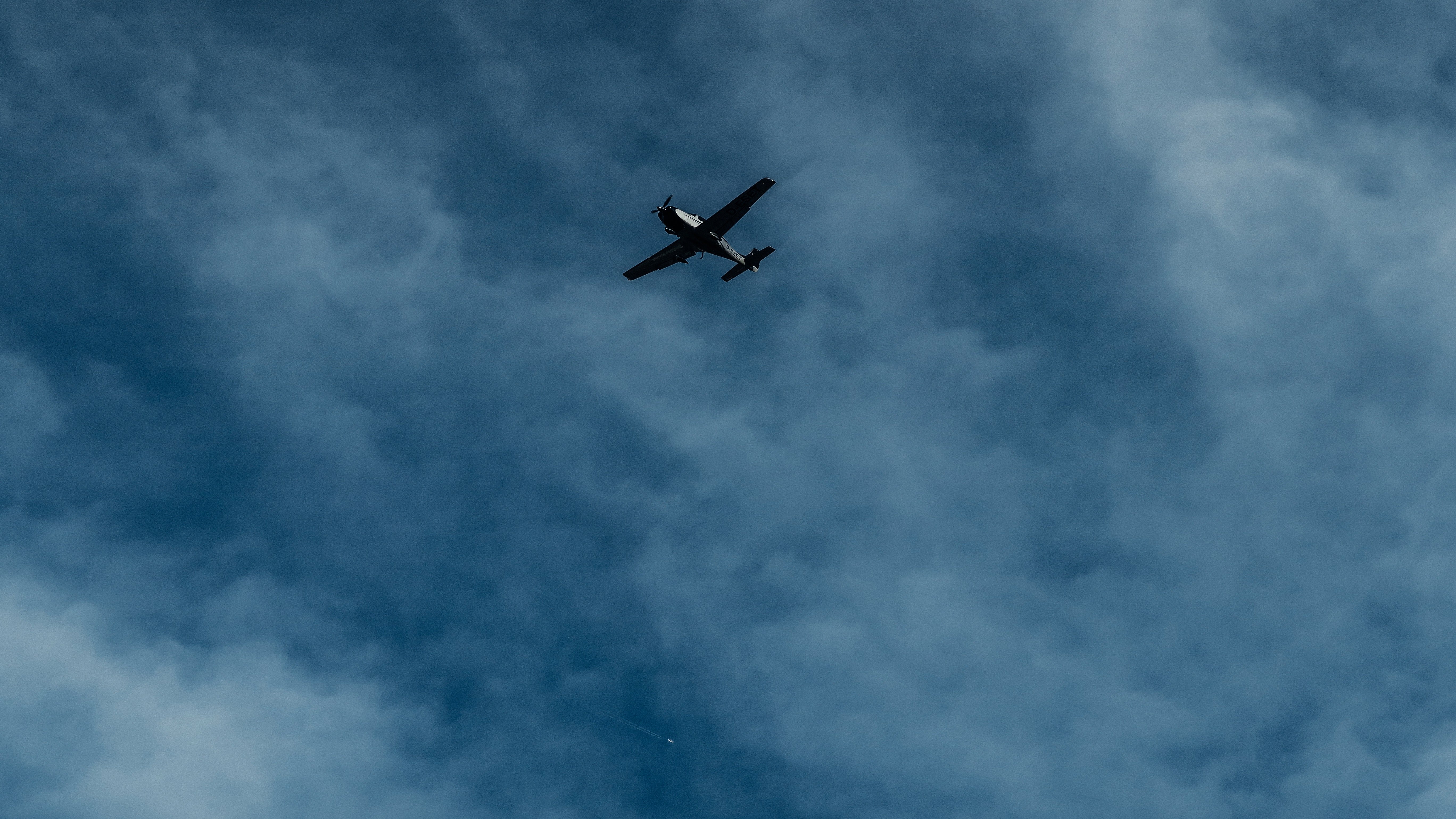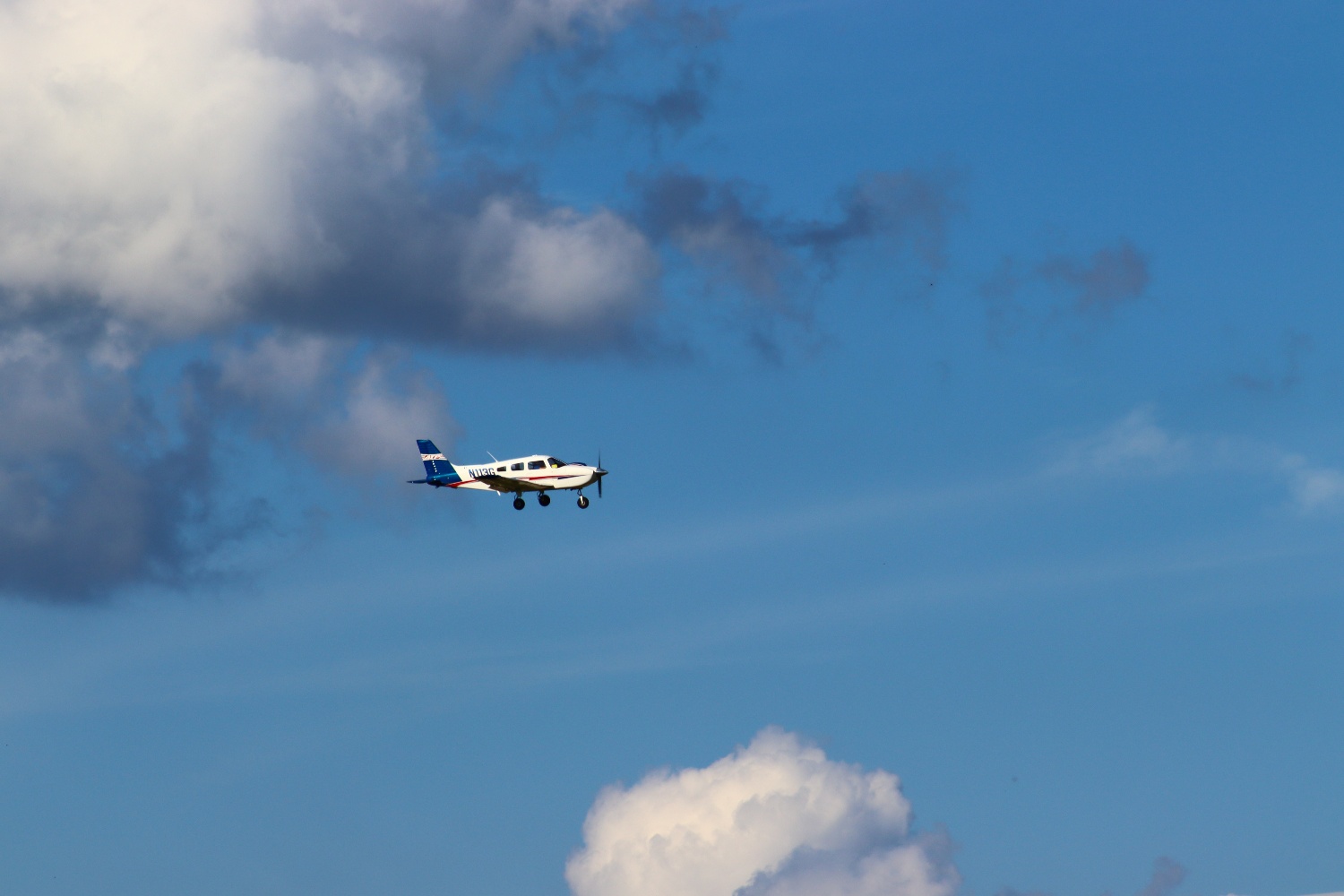Performing a Thorough Instrument Cockpit Check
In this article for instrument students and seasoned IFR pilots, we will look at how to perform a thorough instrument cockpit check (ICC). The goal is to develop consistent, safe, and reliable habits for determining the instrument airworthiness of your plane. The more thorough you are on the ground, the less you will worry about once you enter the clouds.
There are numerous ways to perform an ICC, and your flight instructor may have taught a slightly different order than you will see here. Incorporate what you like, but for now, consider the logic of the order.
Outside the Airplane/Preflight
In addition to the standard checklist items, double-check all antennas, static wick dischargers, pitot tube and pitot heat, and static ports (if you have multiple [for autopilot, for example]). Look closely at the rotors and calipers for wear or brake fluid leaks. Landing on a wet runway with reduced braking will not necessarily make your day.
Inside the Airplane
Check Comm 1 and Comm 2 for ATIS and weather reception. When calling for your clearance, transmit on Comm 1, then quickly switch to Comm 2 for readback. Also, note whether or not the Comm annunciators illuminate. That way, you know if your radios receive and transmit (or don't!).
If a localizer or VOR is on the field, tune them on Nav 1, check the Morse code identifier, then repeat with Nav 2. Ensure the annunciators are working and audible, and as with the Comm check, note if the annunciator lights fail to illuminate.
Before Moving a Foot in Your Taxi
Check the attitude indicator and turn coordinator for flags. Check the associated circuit breakers as well (in this case, you're double-checking them). And remember, it takes five minutes for the gyros to fully spin up. Take this into account when looking at the attitude and heading indicators.
The Usual ICC Steps
- Airspeed zero
- Attitude level with no more than five degrees of pitch or bank during a brief stop
- Altimeter no more than 75 feet of field elevation
- VSI no climbs or descents
- The heading indicator matches the compass
- Turn left (turn coordinator banks left, heading indicator rotates right to follow left turn, compass swings opposite direction)
- Turn right (turn coordinator banks right, heading indicator rotates left to follow right turn, compass swings opposite direction).
Remember, your compass cannot deviate more than 18 degrees to be reliable.
The Nitty-gritty
Let’s move on to your vacuum pump, ammeter, and voltmeter. Low vacuum pump readings can be common in some airplanes, but when you add power to increase RPMs, things quickly normalize.
If you find yourself on the edge of readings in older airplanes, you may wonder if it will remain stable. You have a certain level of redundancy in airplanes with two vacuum pumps, but it doesn't hurt to ensure you have reviewed partial panel ops just in case you get a surprise. You should always expect this and stay sharp accordingly.
If your ammeter and voltmeter are not looking the way you want them to during your run-up and ICC, these are two points where you have the chance to abort your flight. If you are looking at a two-hour, hard IMC flight, be very sure you are seeing what you want and need to see.
The slightest low-amp reading could lead to more problems along the route, so study the ammeter very closely. This might sound overly obvious, but the pressure to complete a flight can make some pilots slightly less scrutinizing than they need to be.
The Bottom Line
Following these thorough steps for your instrument cockpit check and preflight will alleviate doubt, worry, and stress. You will know you have looked at everything you can think of, and if you are satisfied with the results, you are ready to lift off into the clouds.
If you are not satisfied, you should make a pilot-in-command decision to delay or seek a remedy to the problem, and you will make the planned flight that much safer as a result. Flight into IMC demands nothing less, and we must never lower our guard.
Share this
You May Also Like
These Related Articles

3 Tips to Consider if You're Thinking about an Instrument Rating
.jpg)
Rising Above the Soup With an IFR to VFR-on-top Clearance
